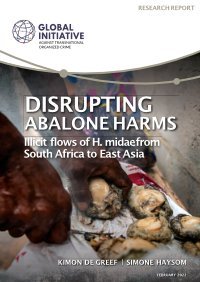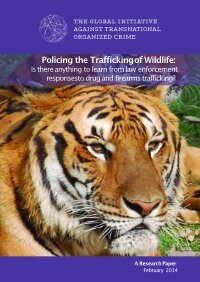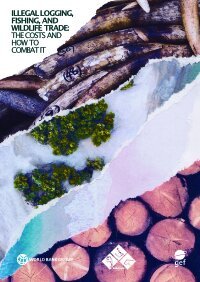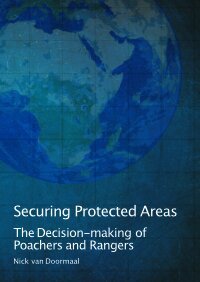By Angus Nurse
This research considers the enforcement of wildlife legislation in the UK. It examines the extent of wildlife crime, the role of Non Governmental Organisations (NGOs) in helping to shape the public policy and police response to wildlife crime and the current position of UK wildlife legislation. A variety of animal and wildlife protection legislation is on the statute books but crimes such as egg collecting, bird of prey persecution, the illegal trade in wildlife and the illegal killing and trapping of animals such as badgers for sport continue. NGOs through their campaign and policy documents argue that the enforcement regime should be strengthened and tougher sentences handed out to wildlife offenders. The research assesses these policy perspectives and the rationale behind them to determine how effective existing policies on wildlife crime are, given what is known about crime, punishment and justice in mainstream criminology. The research questions are addressed through document research and semi-structured interviews. Use is made of published figures and policy perspectives on wildlife crime as well as previous research on wildlife and environmental law enforcement. However, previous research considers either problems affecting individual species (e.g. badgers, or birds) or specific types of offence such as the illegal trade in wildlife or bird of prey persecution. This research considers UK wildlife in its entirety across all different types of offence. The research concludes that while the perception might be that wildlife laws are inadequate and a more punitive regime is required, it is in the enforcement of the legislation that problems occur rather than in any inherent weakness in the legislative regime. The research concludes that changes to legislation and a more punitive regime are unlikely to have a substantial effect on wildlife crime levels unless attention is also paid problems with the existing enforcement regime. The research makes recommendations for future criminal justice policy on wildlife crime.
Birmingham, UK: Birmingham City University, 2008. 296p.








